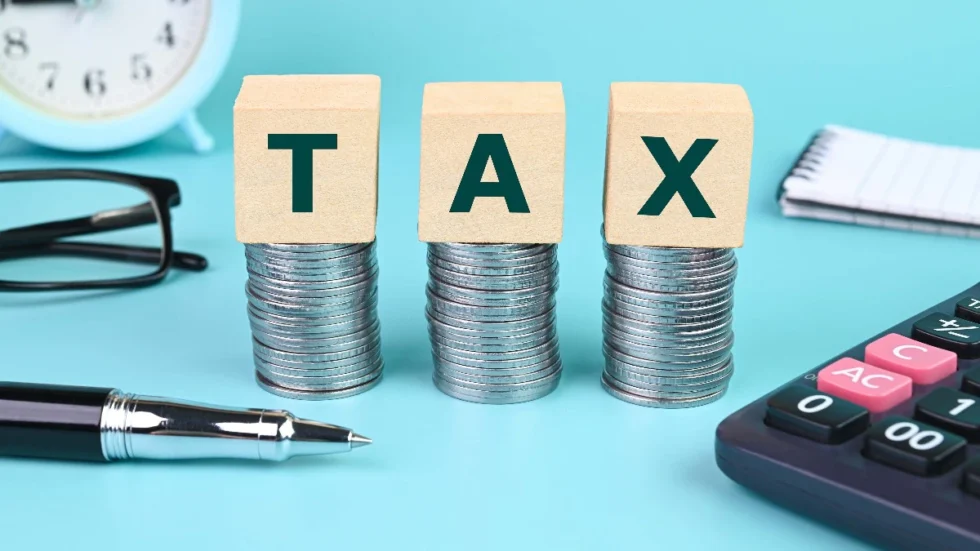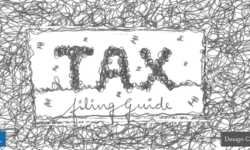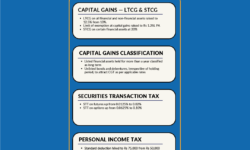
Paying taxes is inevitable, but smart planning can significantly reduce your tax bill. By understanding and leveraging available deductions, you can keep more of your hard-earned money. Whether you’re a salaried employee, freelancer, or small business owner, these strategies will help you maximizing tax deductions and boost your financial efficiency.
1. Leverage Retirement Account Contributions
“Save for the future and reduce your taxes today.”
Contributing to retirement accounts like a 401(k), IRA, or SEP IRA allows you to defer taxes on those contributions. For example, in 2024, individuals can contribute up to $23,000 to a 401(k), reducing taxable income dollar-for-dollar.
Pro Tip:
Maximize contributions before year-end to lower your adjusted gross income (AGI) and qualify for additional deductions.
2. Maximize Health Savings Account (HSA) Contributions
“Your health can save you money.”
HSAs offer triple tax benefits: contributions are tax-deductible, funds grow tax-free, and withdrawals for qualified medical expenses are tax-free. In 2024, individuals can contribute up to $4,150 (or $8,300 for families).
Pro Tip:
If you’re enrolled in a high-deductible health plan (HDHP), prioritize HSA contributions for both savings and tax benefits.
3. Deduct Home Office Expenses
“Turn your workspace into a tax break.”
If you work from home, you may qualify for a home office deduction. The simplified method allows you to claim $5 per square foot of your dedicated workspace (up to 300 sq. ft.). Alternatively, you can calculate actual expenses like rent, utilities, and internet.
Pro Tip:
Ensure your home office space is used exclusively for business purposes to qualify.
4. Utilize Education Tax Credits
“Learning pays off.”
The Lifetime Learning Credit (LLC) and American Opportunity Tax Credit (AOTC) can reduce your tax bill when paying for tuition, books, or education expenses.
- The LLC offers a credit of up to $2,000 per year.
- The AOTC provides up to $2,500 for qualified educational expenses during the first four years of higher education.
Pro Tip:
Both credits have income limits, so check eligibility before claiming.
5. Track Charitable Donations
“Give back—and save.”
Donations to qualified charities are tax-deductible. This includes:
- Cash donations
- Donated clothing, furniture, or household items
- Mileage driven for charitable activities
Pro Tip:
For donations over $250, keep a receipt or written acknowledgment from the charity for documentation.
6. Take Advantage of Energy Efficiency Credits
“Go green and save green.”
Investing in energy-efficient home upgrades like solar panels, energy-efficient windows, or heat pumps can qualify for tax credits under the Energy Efficient Home Improvement Credit program.
Pro Tip:
Check for available state and federal incentives for maximizing your savings.
7. Claim Business Expenses
“Your business expenses could cut your tax bill.”
If you’re self-employed or run a small business, common deductible expenses include:
- Office supplies and equipment
- Marketing and advertising costs
- Professional development and certifications
- Travel expenses for business purposes
Pro Tip:
Maintain detailed records and receipts to support these deductions.
8. Deduct Mortgage Interest and Property Taxes
“Homeownership offers valuable tax benefits.”
You can deduct mortgage interest on loans up to $750,000 and claim property taxes up to $10,000 annually if you itemize your deductions.
Pro Tip:
Consider making an extra mortgage payment before year-end to increase your deductible interest.
9. Utilize Flexible Spending Accounts (FSAs)
“Don’t let your benefits go to waste.”
FSAs allow you to set aside pre-tax dollars for medical and dependent care expenses. Contributions reduce your taxable income, but funds must generally be spent within the plan year.
Pro Tip:
Use your FSA funds before the deadline to avoid losing unused contributions.
10. Bundle Deductions for Maximum Impact
“Timing matters in tax planning.”
If your itemized deductions are close to the standard deduction limit, consider “bunching” expenses. Maximizing your tax deductions tips for that. For example, prepaying property taxes, medical expenses, or charitable donations in a single year may push you above the threshold for itemizing.
Pro Tip:
Consult a tax advisor to determine the most effective deduction timing for your situation.
Final Thoughts
Maximizing tax deductions requires proactive planning and diligent record-keeping. By leveraging retirement accounts, home office deductions, and charitable contributions, you can significantly reduce your taxable income. Stay organized, stay informed, and explore these strategies to keep more of your hard-earned money in your pocket.
Smart tax planning today leads to greater savings tomorrow.





